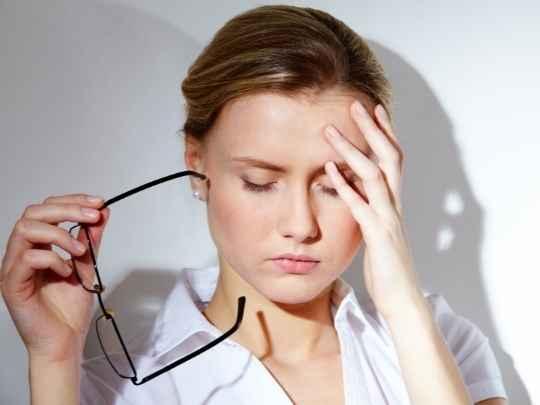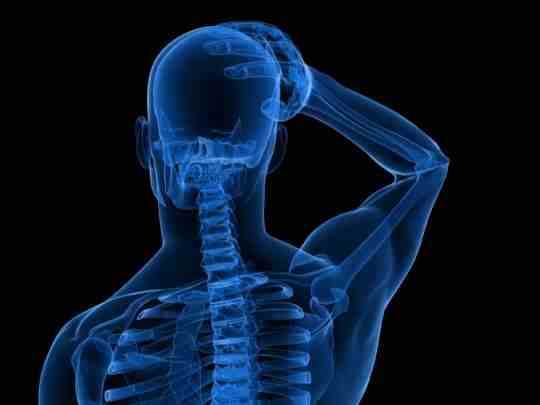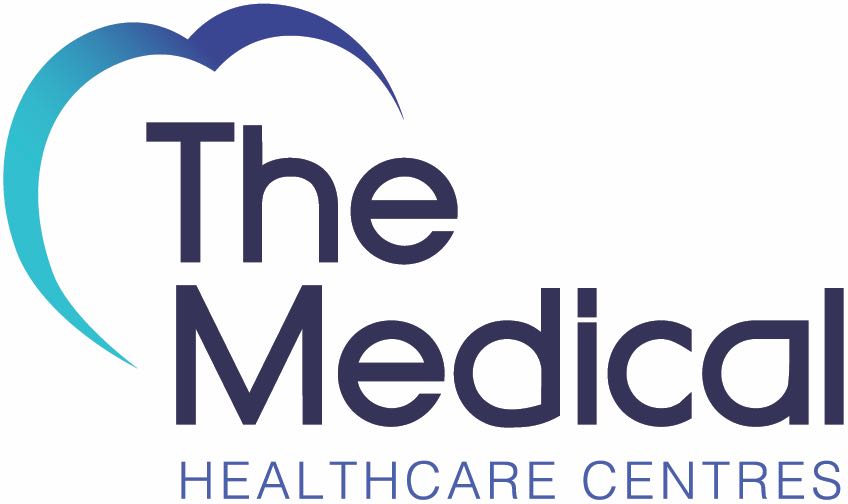You're never too young to get a migraine, and it's not uncommon for adults to experience regular headaches. If you've been living with these problems for years without resolution, then this post is for you!
In this blog post, we will talk about what causes migraines and headaches, the various types of treatment available, and how The Medical can help you live headache-free. Read this blog to discover what migraines and headaches cause - types and treatments.
What kind of headache is associated with Covid?

There are a few types of headaches associated with Covid. One is called a "sick headache", usually caused by a viral infection, such as Covid. If you're experiencing a headache and are not sure if it's related to Covid, you can get tested to see if you have the virus.
Migraines are also very common in women who experience Covid. Hormonal changes often trigger them, menstruation or other life events that cause high levels of stress. Always get a Covid test as your first step.
When should you be concerned about a headache?
Headaches can be caused by many factors, so if you're experiencing one, it's important to be aware of the signs and symptoms. These include:
- Nausea and vomiting
- Sensitivity to light and sound
- Fever and sluggishness
- Pain that worsens over time or becomes persistent
If you've experienced these types of symptoms for more than three days, then it's time to get medical help. Speak with your doctor about what kind of headache you're suffering from, and they should suggest a course of treatment.
What are the 4 types of headaches?

There are four main types of headaches that you need to be aware of.
These all have something in common - they are all related to high levels of stress. These headaches typically manifest themselves as pain on one side of the head, often behind an eye. They may also include nausea, vomiting, sensitivity to light or sound, and can be accompanied by a fever.
These include:
Tension headaches
Are often the result of muscle tension that develops in the neck or upper back. Poor posture usually causes them, stress, or even sitting in one place for too long.
Tension headaches can be expressed as pain on one side of your head, just behind your eye, or across the top of your head.
To get rid of this type of headache, you need to relax your muscles and prevent the stress that causes them in the first place. The Medical Bath can help with their relaxation massages!
Cluster headaches
Cluster headaches can be dangerous. They're often described as the worst pain you'll ever experience! This type of headache occurs once or twice per day for several weeks, before disappearing again.
Cluster headaches tend to last between five and 15 minutes. They are usually felt on one side of the head, where there is also severe pain. You may experience tearing or redness in your eye, along with a runny nose and watering eyes.
Migraines
Migraines are a type of headache often described as throbbing or pulsing. They can be severe and disabling, and can cause nausea, vomiting, and extreme sensitivity to light and sound.
On average, women are 3 times more likely to experience a migraine than men. Migraine attacks can occur at any time, but they are more common in the morning.
There is no one cause of migraines, but they may be related to changes in the levels of serotonin, a chemical in the brain. There is also a genetic component to migraines, which means they can run in families.
Sinus pain and pressure headaches
Headaches are often caused by changes in the environment, such as extreme temperatures or pollution. Sinus pain and pressure headaches are no different. When the sinuses become infected, they swell and put pressure on nerves near the nose.
This can cause headaches, particularly if you have allergies or chronic sinusitis. There are many treatments for sinus pressure headaches, but relief might not come immediately.
You may find relief after using nasal sprays to unclog your nose, sleeping with a humidifier running all night long, taking anti-inflammatory medications, using over-the-counter saline sprays or consuming hot liquids containing lots of salt.
These can be caused by many factors, but they all fall into one of these four categories. If you're suffering from any of these issues, it's important to speak with your doctor about what kind of headache you have.
All headache types are treated differently, depending on the cause of each individual case. This is why it's important to get tested for COVID-19 if you're experiencing headaches regularly. Headaches caused by stress are often helped with relaxation techniques that The Medical provides in their wellness centre.
How to prevent headaches and migraines

- First thing you should think about is reducing your caffeine intake as much as possible. Caffeine is a stimulant, and it can cause your blood vessels to expand, as well as increase the production of certain hormones, such as cortisol. Cortisol is known for causing headaches in some people, because it stimulates pain receptors located all over our bodies!
- You should look at things like stress levels and diet changes. These can be the triggers that cause headaches to return, so if you know what causes your headache, it will help with treatment.
- The types of exercise to help prevent migraines will vary depending on the individual. However, some good exercises to investigate include Pilates and rehabilitation exercises, which can help strengthen and condition the body.
- Finally, there are many medications and therapies available for patients suffering from chronic headaches. If you are one of these people, make sure there is a good doctor with the right knowledge available to help.
It's important to consult a medical professional as soon as possible if your headache isn't resolving itself!
What causes a migraine?

Numerous factors contribute to migraines.
Migraines are chronic headaches, typically characterized by severe pain on one side of the head, nausea, sensitivity to light and sound, and intense pressure. Sudden attacks may occur with or without warning signs, such as auras (bright spots in your vision), vomiting, dizziness/lightheadedness and numbness in the extremities. Migraines can last anywhere from four hours to three days, and are usually followed by feelings of fatigue or depression.
Migraine headaches typically have a throbbing pain, often described as pulsing in one-sided areas around your head. One common sign of migraines is an aura that consists of bright light or blind spots that appear before the headache. Other symptoms of migraines may include nausea, vomiting, and extreme sensitivity to sound and/or smell.
Treatment for a migraine can vary depending on the intensity of your pain, as well as how often you get them. The most common treatment is medication, such as ibuprofen, which can be taken as a pain reliever. Sometimes migraine sufferers take prescription medication to help reduce the number of attacks they have each month. These types of medications can typically be used if you experience migraines with an aura or other warning signs.
Can physiotherapy help with headaches and migraines?

Physiotherapists are an excellent resource for patients with chronic headaches or migraine pain. The main goal of physiotherapy treatment is to reduce your discomfort, but this type of therapy can also be used as part of an overall plan to prevent future attacks.
The first, and most important, thing you should do is schedule an appointment with a physiotherapist who has experience working with people suffering from migraines. Your therapist will need to know as much about your symptoms and triggers as possible, to help make the right treatment plan for you.
The first part of your therapy session might involve testing, which can help your physiotherapist determine if any of the surrounding muscles are stiff or weak. If so, manual therapy techniques may be used to relax these specific tissues. This type of treatment is often referred to as massage, and can reduce tension that builds up in certain parts of your body over time.
Next, you might participate in exercises which strengthen your neck and shoulder muscles, which can help prevent future headaches. Your physiotherapy session may also include a section on proper body mechanics to minimize the risk of injury in your daily life.
Start the recovery from headache and migraine pain
Here are some other ways physiotherapists treat chronic migraines at The Medical:
If you live with chronic headaches or migraine pain, physiotherapy is an excellent resource for help. Physiotherapists can assess your condition and recommend the best course of treatment based on what they find.
Treatment options may include manual therapy techniques, such as manipulating the spine, acupuncture or massage carried out by physiotherapists, chiropractors. Strength & conditioning are also important to remember if you want to stop future headache attacks.
Start the recovery from headache and migraine pain at The Medical today!

